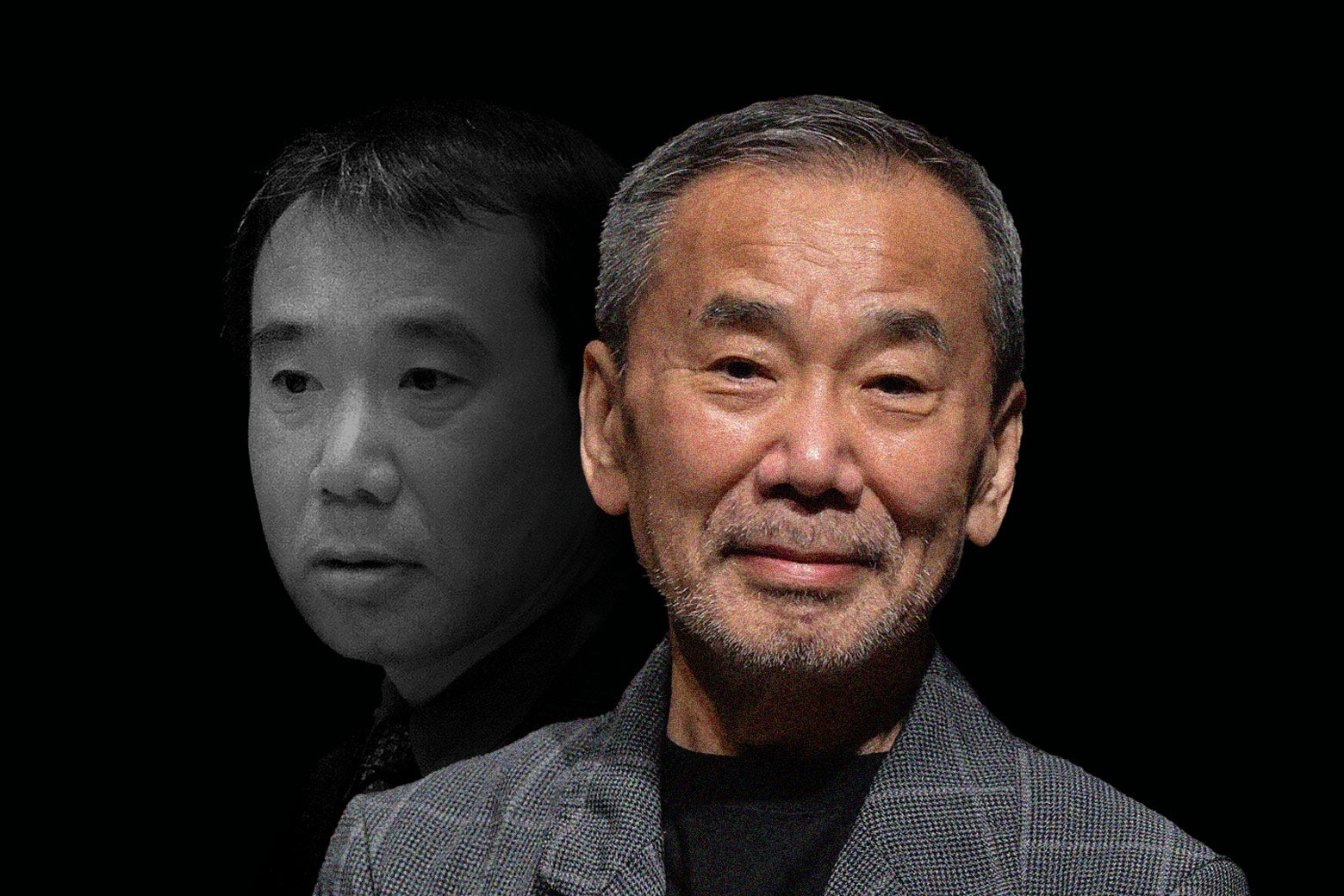Most artists have a handful of ideas or themes they keep returning to—reworking, reconsidering, or just obsessing over a set of key preoccupations. But it’s a rare novelist who writes a story early on, then rewrites the same story in midcareer, and finally again in his late maturity. That’s what Haruki Murakami has done with The City and Its Uncertain Walls , a retelling—or perhaps another telling is a better term—of a short piece of the same title that he wrote as a fledgling author, then later published as the novel Hard-Boiled Wonderland and the End of the World in 1985.
The story has changed profoundly over the years—at least between Hard-Boiled Wonderland and this latest incarnation, since the author has chosen not to republish the earliest version—in ways that reflect Murakami’s own growth as a writer. This novel is Murakami in winter, a season that, while outwardly sere and quiet, often harbors secret reserves of hope and joy. The premise he has returned to is this: An unnamed man exists both in the recognizably real world and in a walled town where nothing ever changes.
The inhabitants of the town wear simple clothes and live “plain but perfectly adequate lives.” As a resident of the walled town, the narrator works at a library that archives not books but spherical objects containing “old dreams” that he is tasked with reading. Assisting him is a young woman, the librarian, with whom he falls in love.
The clock tower in the center of the town h.


















